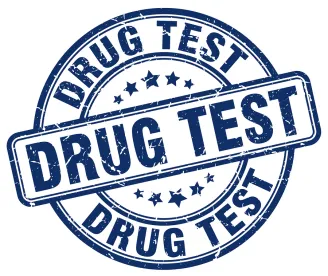In 2016, the Occupational Safety and Health Administration (“OSHA”) published a rule (the “2016 Rule”) – found in 29 C.F.R. § 1904.35(b)(1)(iv) – related to post-incident drug testing and workplace safety incentive programs that left many employers confused. Fortunately, on October 11, 2018, OSHA published a memorandum designed to clarify the 2016 Rule and how it may be enforced (the “2018 Memo”). OSHA’s 2018 Memo can be found here.
Post-Incident Drug Testing
The 2016 Rule prohibited employers from retaliating against employees for reporting work-related injuries or illnesses. Subsequently, OSHA interpreted the 2016 Rule to prohibit employers “from using drug testing (or the threat of drug testing) as a form of adverse action against employees who report injuries or illnesses,” thus limiting employers to drug testing when there was a “reasonable possibility” that drugs or alcohol contributed to the accident or injury. See Supplementary Information to 2016 Rule, which can be found here.
The 2018 Memo clarifies that an employer-mandated post-incident drug test would only violate the law “if the employer took the action to penalize an employee for reporting a work-related injury or illness rather than for the legitimate purpose of promoting workplace safety and health.” In addition, most instances of workplace drug testing are permissible under the law, including random drug testing, drug testing unrelated to the reporting of a work-related injury or illness, and drug testing to evaluate the root cause of a workplace incident.
Safety Incentive Programs
On the topic of safety incentive programs, the 2016 Rule warned that such programs “might be well-intentioned efforts by employers to encourage their workers to use safe practices,” but “if the programs are not structured carefully, they have the potential to discourage reporting.” See Supplementary Information to 2016 Rule.
The 2018 Memo explains that incentive programs that reward employees who report near-misses or hazards, or programs that reward employees with prizes or bonuses at the end of an injury-free month, are lawful so long as they are not implemented in a manner that discourages reporting. To assure proper reporting, OSHA recommends that employers take steps to “create a workplace culture that emphasizes safety” by, for example, implementing:
-
Incentive programs that reward employees for identifying unsafe conditions in the workplace.
-
Training programs reinforcing reporting rights and responsibilities and the non-retaliation policy.
-
A mechanism for accurately evaluating employees’ willingness to report injuries and illnesses.
OHSA’s clarifications in the 2018 Memo are helpful to employers as they work to establish and implement policies aimed at maintaining and encouraging a safe working environment.
Employers with questions regarding the 2018 Memo would do well to consult with competent counsel.




 />i
/>i

